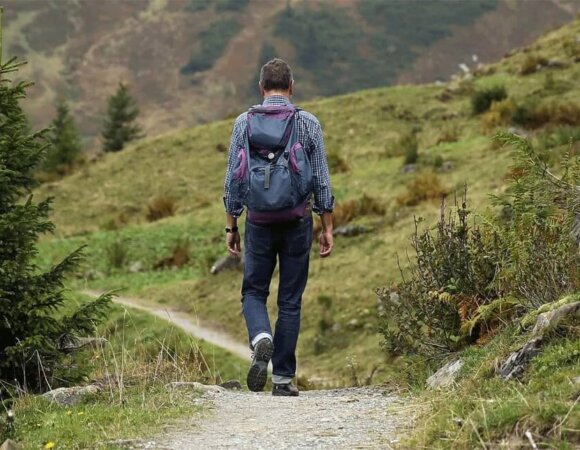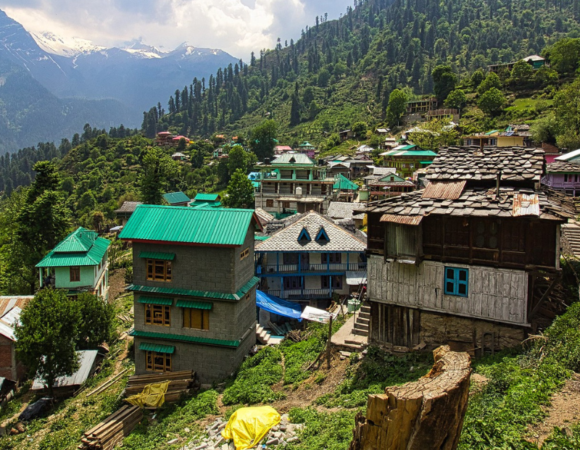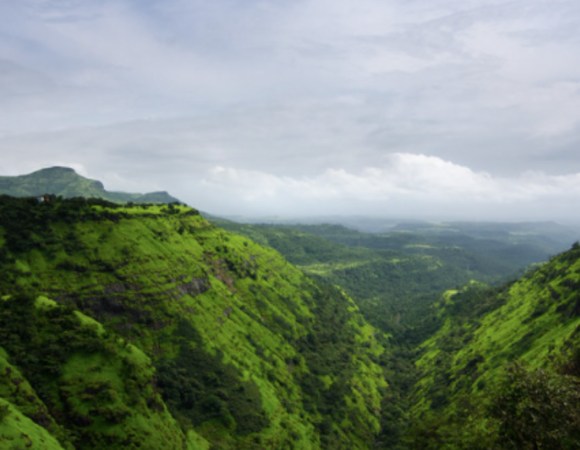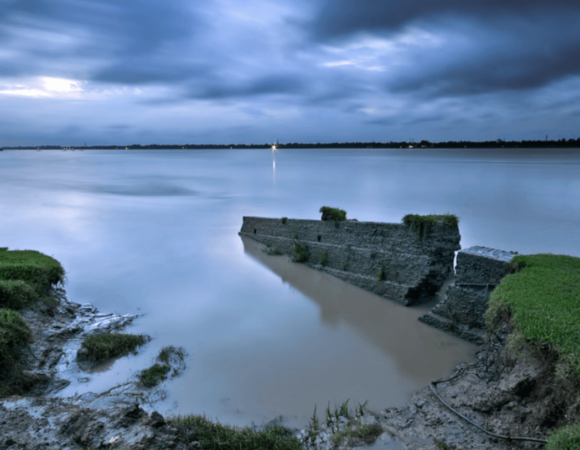How Do Trekking Poles Enhance Your Trekking Experience?
Discover how trekking poles can enhance your trekking experience by improving stability, reducing joint strain, increasing endurance, and adapting to various terrains. Learn why they are a must-have for every trekker!
Table of Contents
ToggleTrekking is one of the most rewarding ways to experience the world’s natural beauty and challenge oneself physically. Whether trekking through a forest, traversing mountain trails, or walking along rocky paths, the right gear can make all the difference. One such essential piece of equipment is the trekking pole. While they may seem like a simple accessory, trekking poles significantly enhance the trekking experience in various ways.
Enhance Stability and Balance
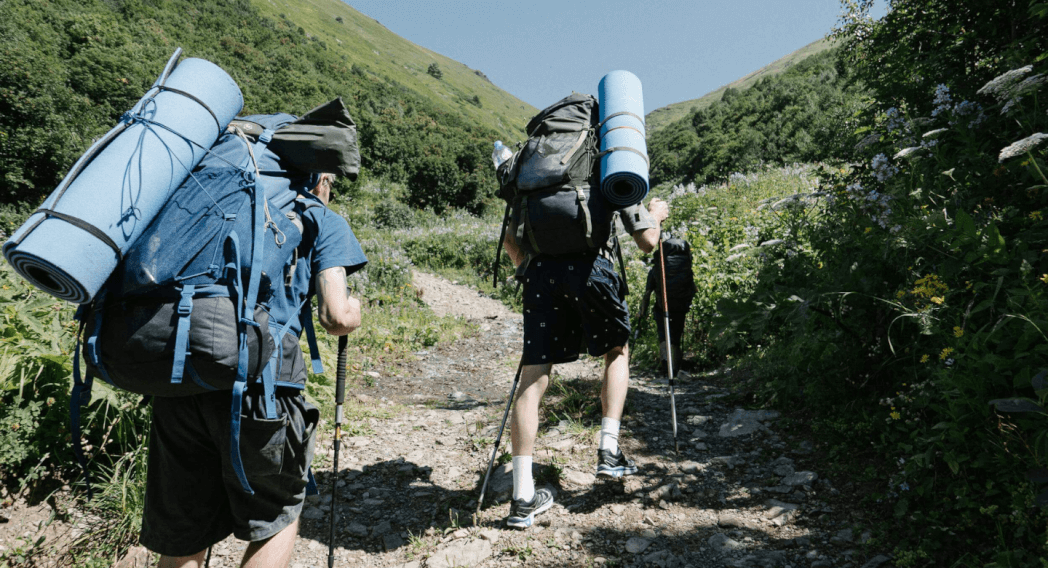
One of the primary advantages of trekking poles is the stability they provide. When you’re navigating uneven terrain, whether it’s rocky surfaces, muddy patches, or steep inclines, having an extra point of contact with the ground can greatly enhance your balance. Trekking poles allow trekkers to distribute weight more evenly across their bodies, reducing the risk of slips and falls. This is particularly important for those who might be new to trekking or for individuals with knee or joint issues, as the added support helps ensure a safer trek.
How Trekking Pole Act Us a Third Leg
- Extra support on uneven terrain: Helps maintain balance on rocky, muddy, or slippery surfaces.
- Distributes weight more evenly: Reduces the load on legs and prevents missteps.
- Prevents falls and slips: Essential for beginner trekkers and those with weaker joints.
- Helps on river crossings: Provides an extra point of stability when wading through water.
Reduced Strain on Joints

Trekking can put a lot of stress on your knees, especially when descending a slope. Trekking poles act as shock absorbers, easing the impact on your joints. Studies have shown that using poles can decrease the pressure on your knees by up to 25%. This reduction in strain allows trekkers to maintain their stamina for longer distances, making it easier to truly enjoy the journey rather than worry about the physical toll of the trek.
- Less impact on knees and ankles: Particularly useful on steep descents.
- Reduces muscle fatigue: Engages upper body muscles, reducing strain on legs.
- Shock absorption: Many poles come with anti-shock mechanisms that ease stress on joints.
- Beneficial for older trekkers or those with knee problems: Allows for longer treks with less discomfort.
Increased Endurance and Speed
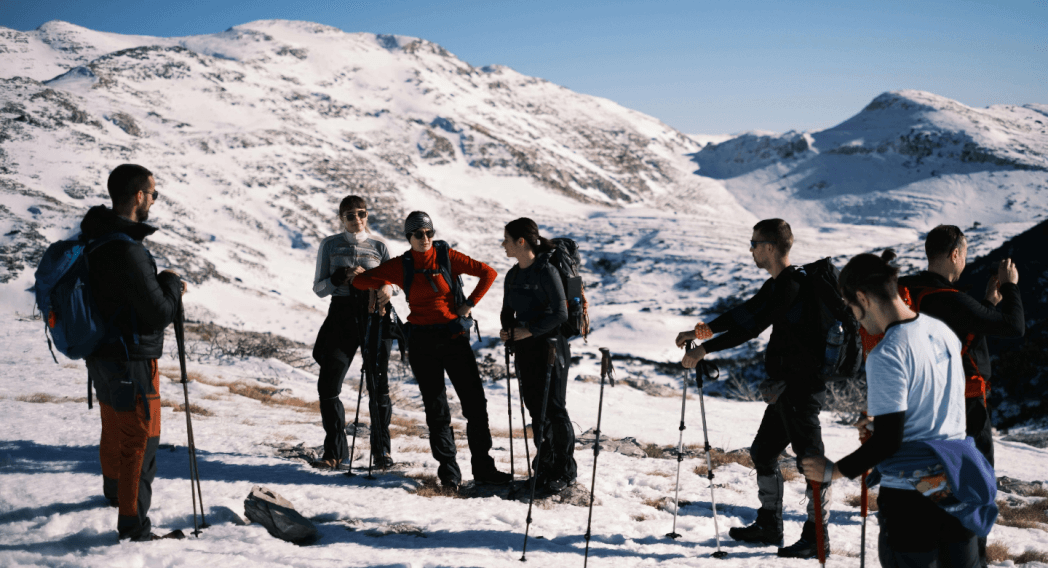
Using trekking poles can also enhance your trekking efficiency. With an appropriate pole technique, you can engage your upper body muscles, providing a more balanced workout. This engagement leads to improved endurance as you utilize more muscle groups instead of just relying on your legs. As a result, many trekkers find they can increase their pace and cover more ground without feeling as fatigued when they use trekking poles.
- Engages upper body muscles: Involves arms and shoulders for a full-body workout.
- Improves trekking speed: Helps maintain a steady rhythm and pace.
- Reduces fatigue: Energy is distributed across more muscle groups, making long treks less tiring.
- Aids in climbing steep inclines: Provides an extra push when going uphill.
Versatile Tools for Various Terrain
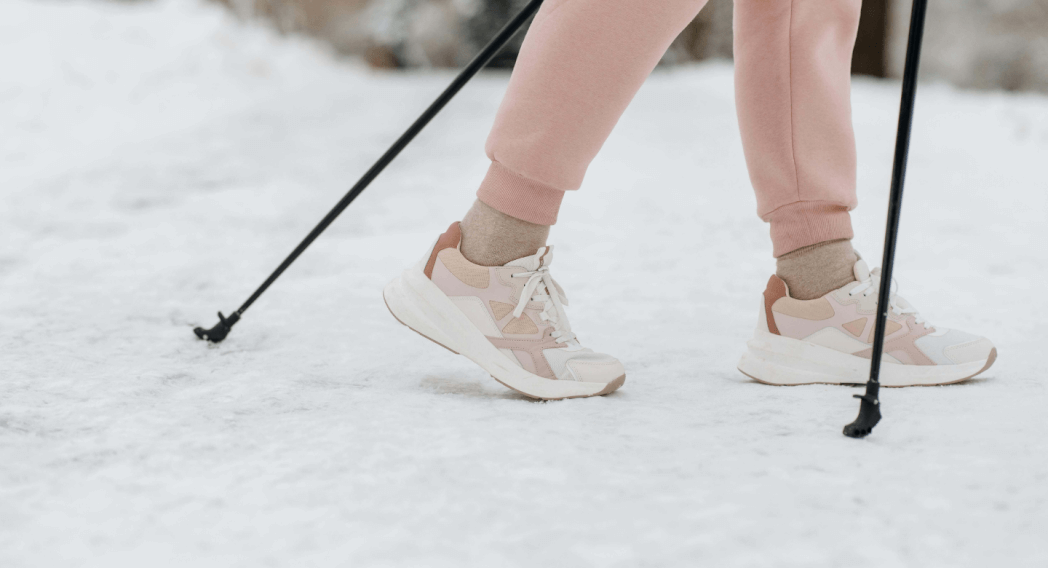
Trekking poles are not just for trekking on flat trails. Their versatility shines in various environments. When trekking through snow or on swampy ground, poles can be used to probe the depth of the surface below, providing an added layer of safety. In rocky areas, they can be used for support and to gauge the stability of footholds. Even on paved paths, they can help with maintaining a steady rhythm and keeping your pace consistent throughout your journey.
- Snow trekking: Prevents slipping and helps assess the depth of snow.
- Swampy or muddy trails: Helps test ground stability before stepping.
- Rocky terrain: Assists in navigating tricky footholds.
- Flat trails: These can be used to maintain pace and reduce overall strain on the body.
- River crossings: Provides extra stability when walking through moving water.
Personal Comfort and Customization
Most trekking poles are adjustable, allowing you to customize their height to suit your comfort and the terrain you’re navigating. A well-fitted pole can reduce unnecessary strain on your back and arms. Additionally, many trekking poles have ergonomic grips, wrist straps, and padded handles, providing further comfort during long hikes. Selecting the right trekking pole allows you to tailor your walking experience to match your preference and trekking style.
- Adjustable height: This can be set according to the hiker’s comfort and terrain type.
- Different materials are available: Aluminum for durability, and carbon fiber for lightweight performance.
- Ergonomic grips and wrist straps: Provides comfort and reduces hand fatigue.
- Folding and telescopic designs: Compact and easy to carry when not in use.
Additional Uses of Trekking Poles
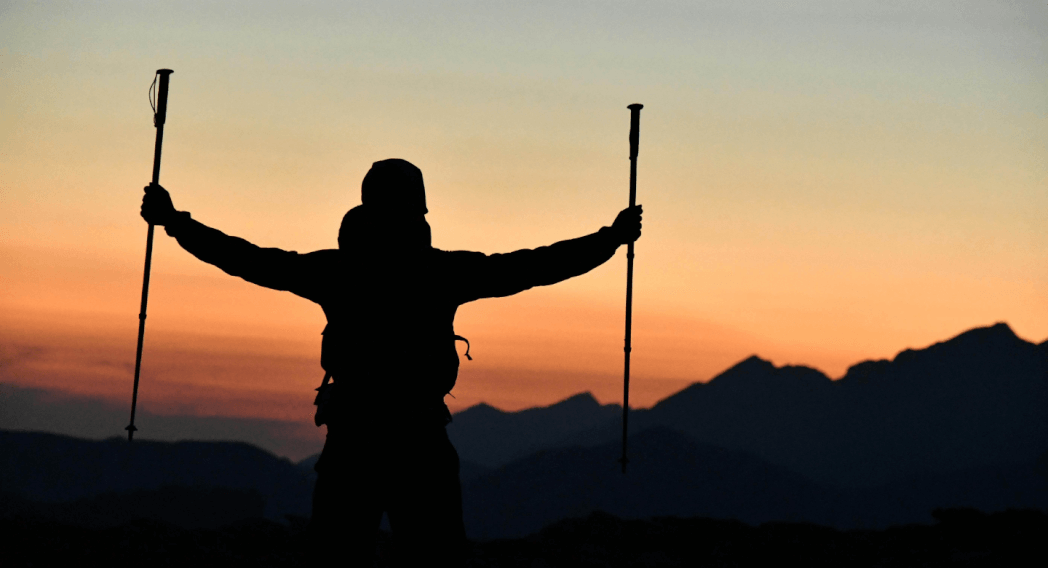
Trekking poles do more than just help you walk. They can be useful in many unexpected ways:
Clearing the trail: If you’re hiking through overgrown paths, use your poles to push away bushes, tall grass, or spiderwebs. They help you move forward without scratching yourself or getting tangled.
Checking for unstable surfaces: Before stepping onto snow, mud, or loose rocks, tap the ground with your poles. This helps you test if it’s safe to step on or if you need to find a different path.
Setting up a tent: Forgot a tent pole? No worries! Many lightweight tents can be propped up using trekking poles, making them a handy replacement in case of emergencies.
First aid support: If someone twists an ankle or breaks a bone, trekking poles can be used as a temporary splint to keep the injured limb stable until help arrives.
Self-defense tool: While trekking poles aren’t meant for fighting, they can help keep small animals or aggressive wildlife at a safe distance. A firm tap on the ground or waving them in the air can often scare off unwanted visitors.
Conclusion
Integrating trekking poles into your outdoor adventures can significantly enhance your trekking experience. From providing stability and balance to reducing strain on joints, increasing endurance, and allowing for greater versatility in various terrains, trekking poles are an invaluable tool for both novice and seasoned trekkers. As you prepare for your next adventure, consider investing in a good pair of trekking poles. They may very well be the key to unlocking a more enjoyable and rewarding trekking experience.
Read More:
5 Knee Strengthening Exercise to do before a Trek
Best Trekking Backpacks in India 2025
References
Veidt, E., & Veidt, E. (2023, March 28). Why you should use trekking poles. Backpacker.
Frequently Asked Questions (FAQs) on How Do Trekking Poles Enhance Your Trekking Experience
Are trekking poles necessary for every hike?
Not always, but they are highly recommended for uneven terrain, steep climbs, long treks, or if you have joint issues.
How do trekking poles reduce strain on my knees?
They absorb some of the impact, especially when going downhill, reducing pressure on your knees and ankles.
Can trekking poles improve my speed while hiking?
Yes, they help you maintain a steady rhythm, reduce fatigue, and distribute effort between your arms and legs, making long treks easier.
Are trekking poles useful for flat terrain?
Yes, they help maintain balance, reduce strain on your legs, and provide additional support, especially on long-distance hikes.
How do I choose the right trekking poles?
Look for adjustable poles with comfortable grips, a sturdy but lightweight material (like aluminum or carbon fiber), and features that suit your hiking needs.
Should trekking poles be used as a pair or just one?
Using a pair provides better balance and support, but some hikers prefer using a single pole, especially on easier trails.
Can trekking poles be used for activities other than hiking?
Yes, they are useful for trail running, snowshoeing, backpacking, and even setting up tents in emergencies.
How do I adjust trekking poles to the right height?
When standing on level ground, your elbows should be at a 90-degree angle when holding the poles. Adjust them to shorter for uphill climbs and longer for downhill sections.
Are trekking poles difficult to carry when not in use?
No, most trekking poles are foldable or telescopic, making them easy to pack in your backpack when not needed.
What are the best ways to use trekking poles efficiently?
Plant them firmly but naturally, sync their movement with your steps, and adjust the height according to the terrain for maximum support and comfort.



